California’s largest reservoir, Lake Shasta, is officially at full capacity for the second year in a row. This feat comes after years of drought which saw the lake nowhere near full.
Recently, NASA released satellite images that show just how full Lake Shasta currently is compared to what was normal only a few years ago.
New NASA Images of Lake Shasta

These new images that NASA has released of Lake Shasta show how its full capacity can be seen from satellites in space.
The images were shared by the NASA Earth Observatory. The photos were taken by the Landsat 8 satellite on May 7, 2024.
Comparing Lake Shasta Satellite Photos
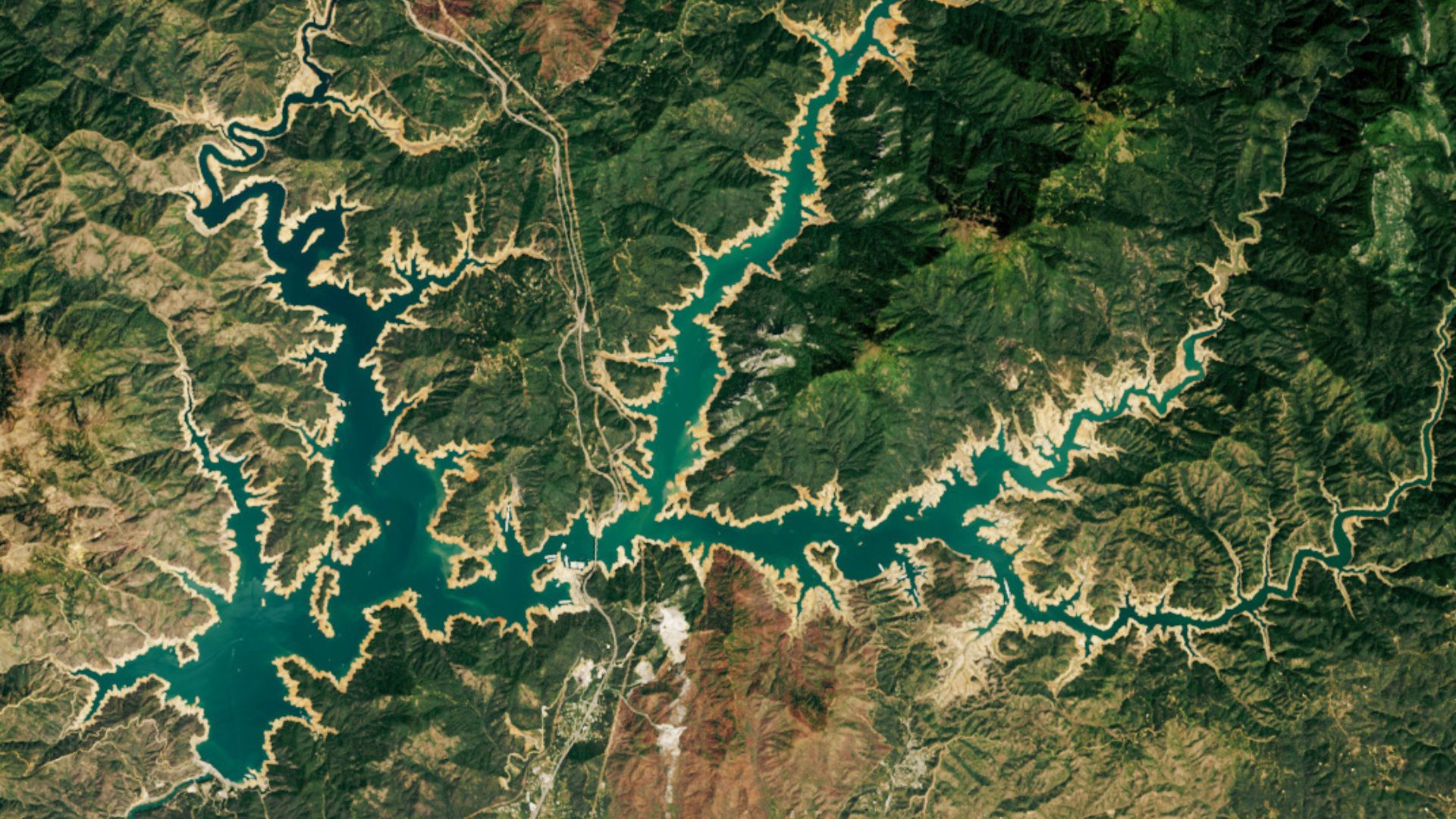
The photo from May 7 of Lake Shasta shows the lake is full of blue water. It’s clearly at capacity. However, to truly see how much water is now in the lake, NASA included a satellite photo of what was seen back in 2022 when California was going through a drought.
The earlier satellite image — which was taken on April 22, 2022 — shows Lake Shasta at 39% capacity.
Lake Shasta in 2022
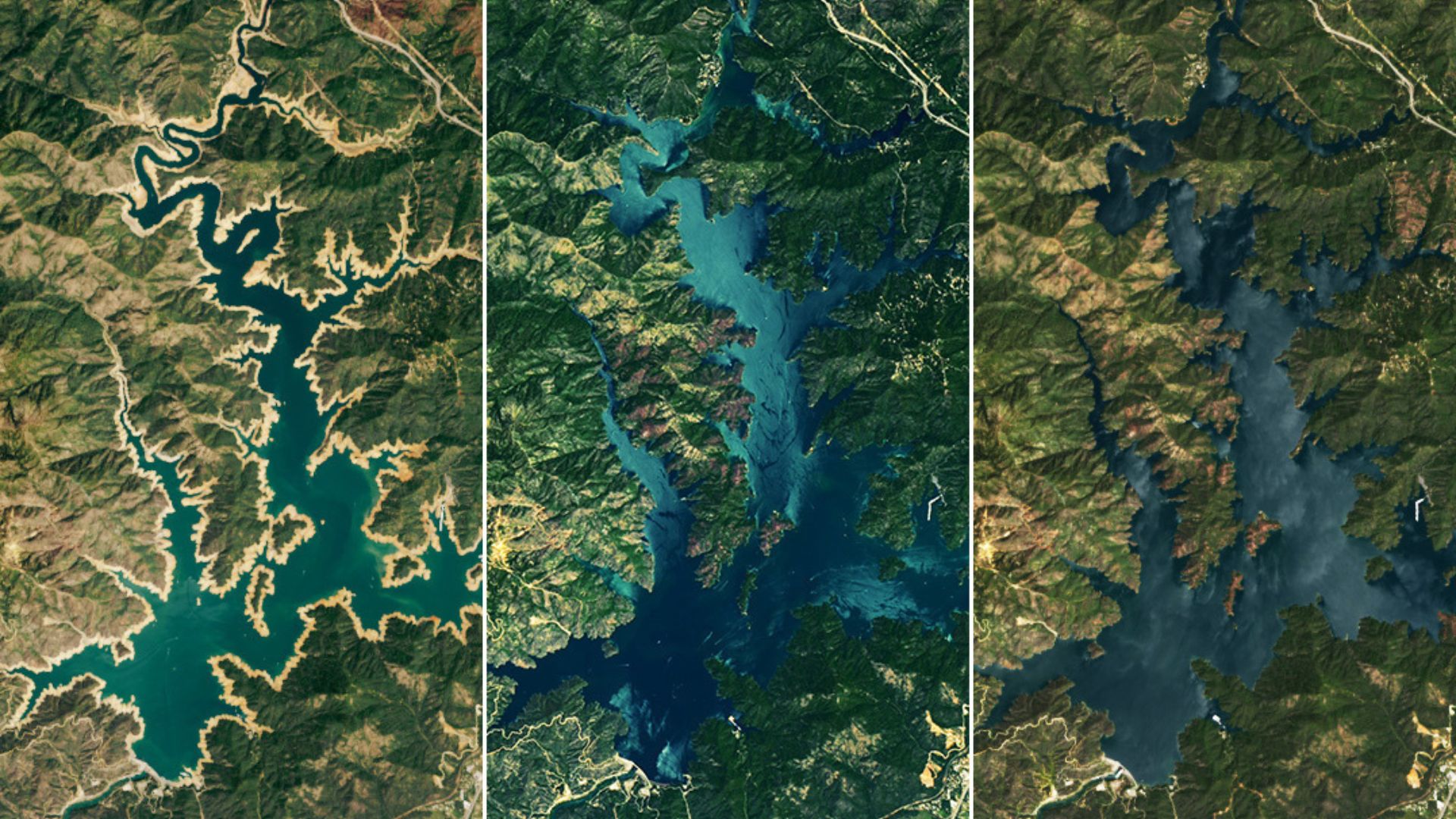
California’s largest reservoir struggled throughout 2022, thanks to the state’s ongoing drought.
In these satellite photos, you can clearly see a “bathtub ring” around the edges of the lake, indicating where the water used to hit when it was full. Now, in 2024, you can no longer see this ring, as the lake is at full capacity.
California’s Drought
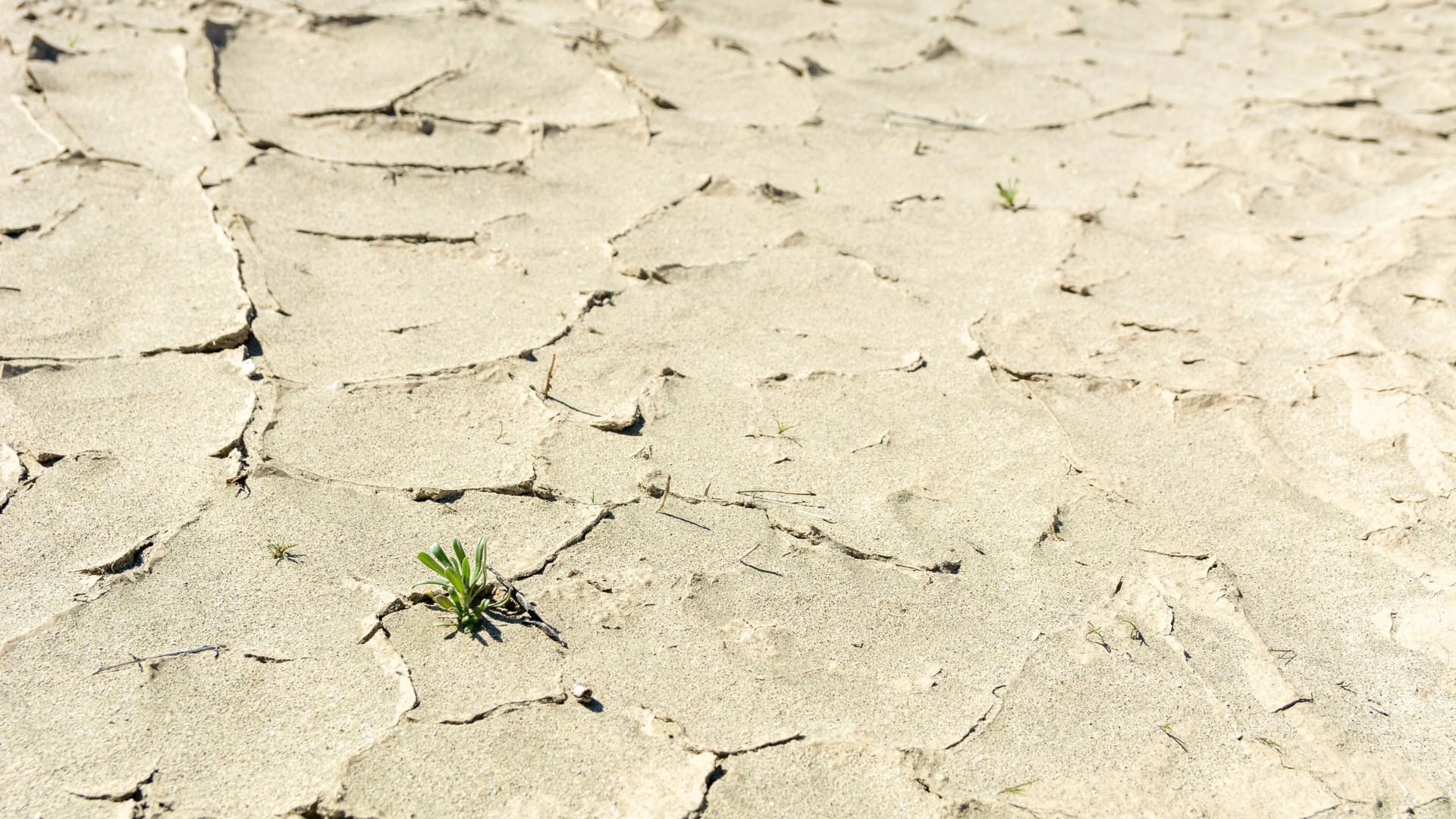
Lake Shasta has now been at 100% capacity for two years in a row, thanks to all the rainfall and snow that California has seen recently.
However, the drought experienced in 2022 brought massive concerns to light, as Lake Shasta only reached a maximum of 40% capacity throughout the year.
The Importance of Lake Shasta
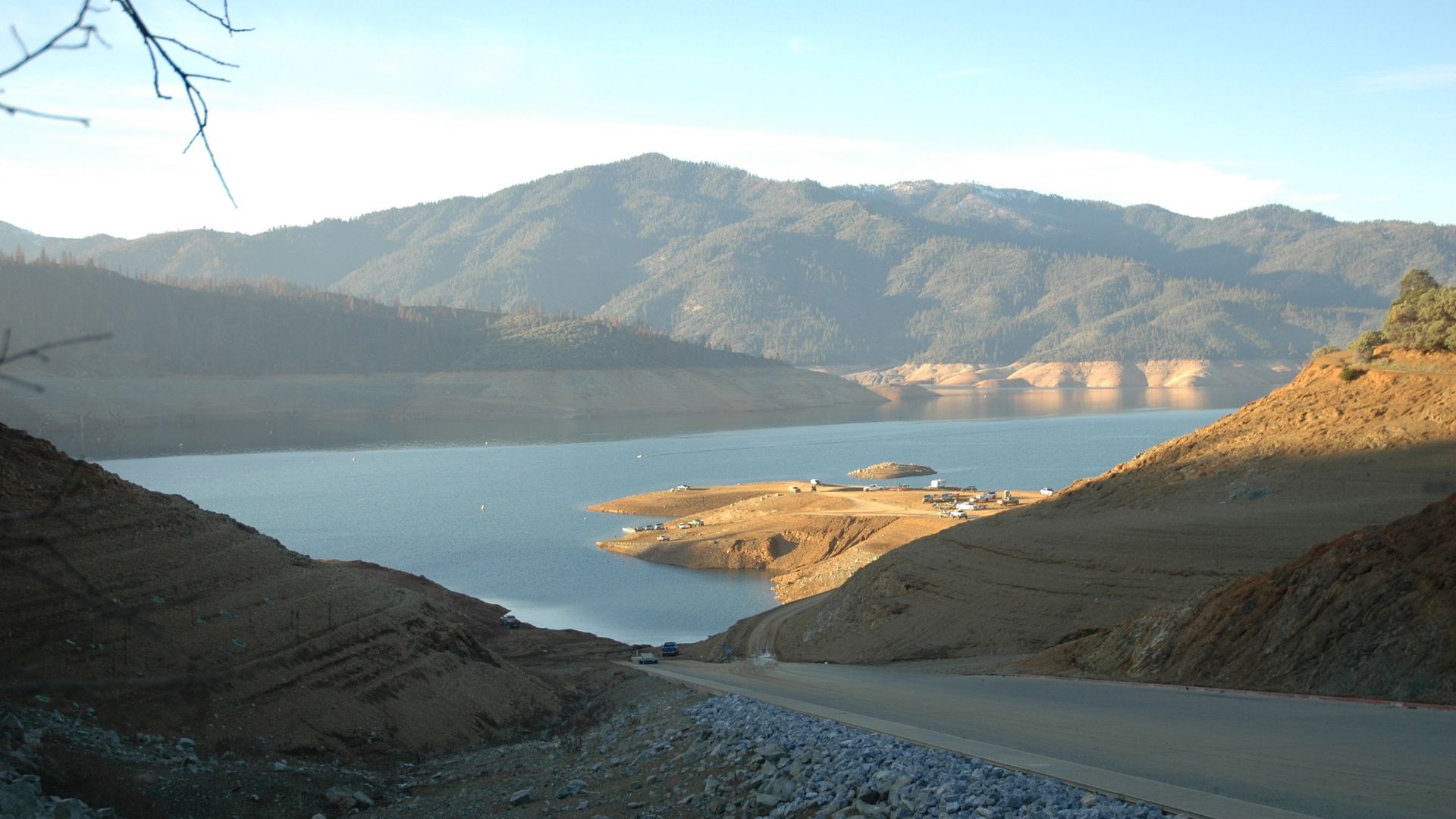
Lake Shasta remains a vitally important reservoir for California. It is the state’s largest reservoir, after all.
The lake is supposed to provide water for various aspects of California, such as for its municipal water supplies and irrigation. So, when the state was going through a drought in 2022 and Lake Shasta was at such a low capacity, many California officials publicly sounded the alarm.
The End of California’s Drought

However, California experienced some luck when 2023’s water period brought in a ton of rain and snow, allowing the lake to finally reach its full capacity.
The end of 2023 and 2024 has also seen high levels of rain, which has allowed Lake Shasta to remain full, as seen in these NASA satellite images.
Full Reservoirs Around California
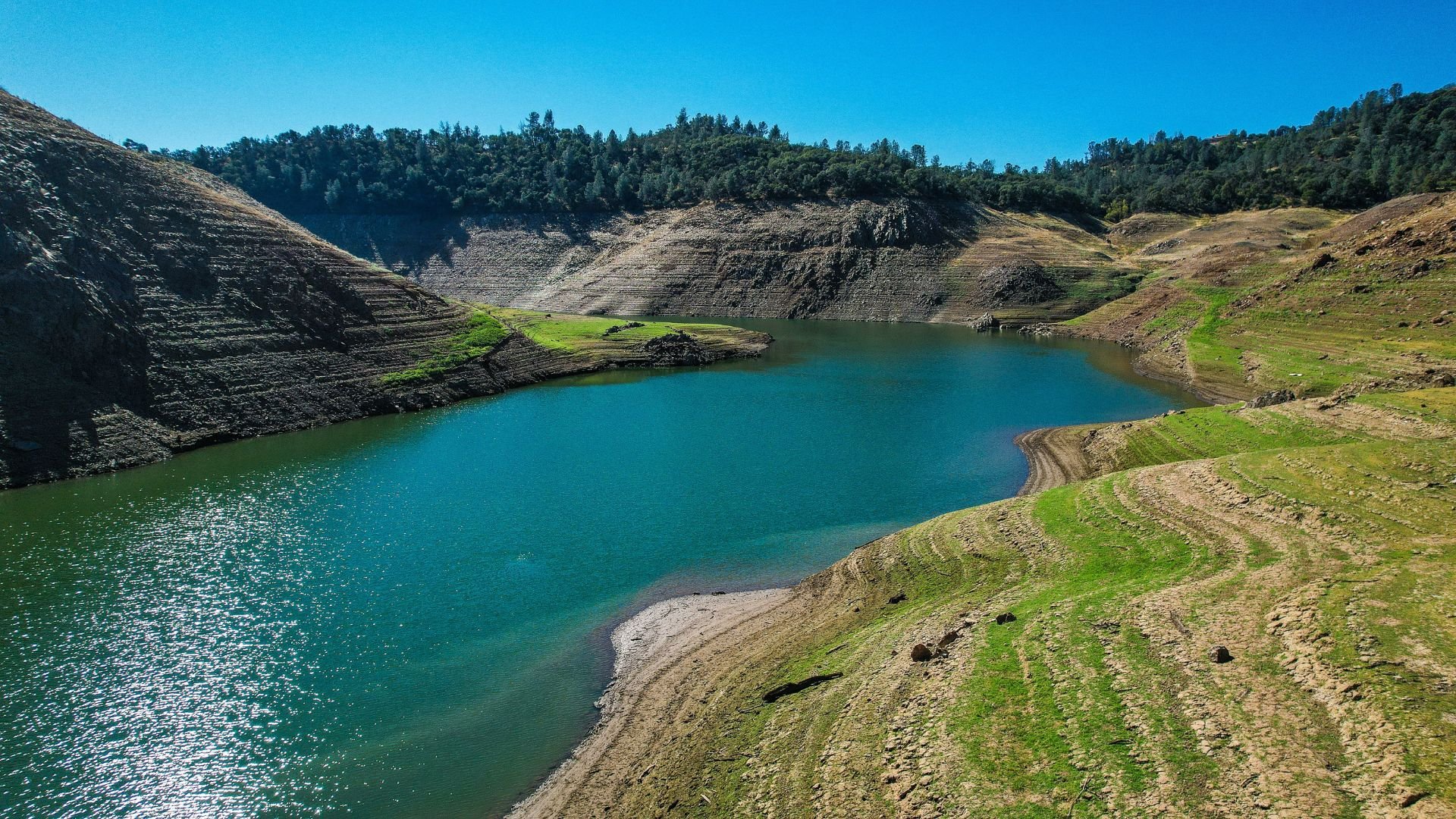
Lake Shasta isn’t the only California reservoir now at full capacity. Lake Oroville, the second largest reservoir in the state, has also reached full capacity — and again for the second year in a row.
NASA’s Earth Observatory has stated that Lake Oroville is actually at 128% of its average capacity this year.
Upcoming Wet Years?
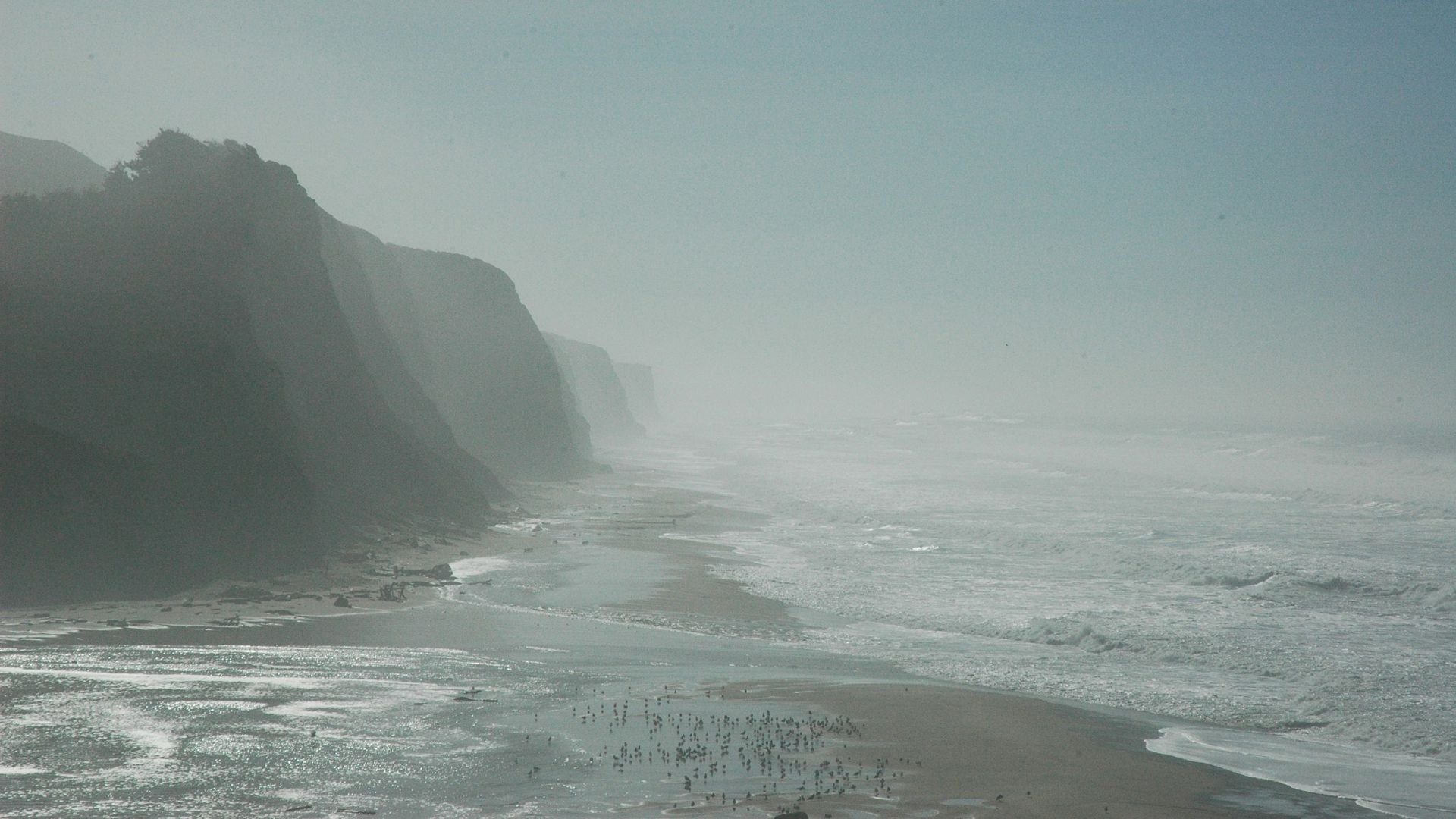
It’s hard, if not impossible, for experts to see far into the future and accurately understand if California will have another beneficial wet water year to help keep its water worries away.
Even this last winter period didn’t see as much rainfall as seen in 2023 in the state. However, since Lake Shasta was already relatively full, it didn’t take as much rain to finally reach that full capacity.
Water Worries Remain

Because experts can only wait and see what the weather brings, water worries remain for many officials in California.
The state has a huge population. If another drought occurs, then the state may have to make drastic changes to help try to conserve as much water as possible.
Upcoming Water Projects
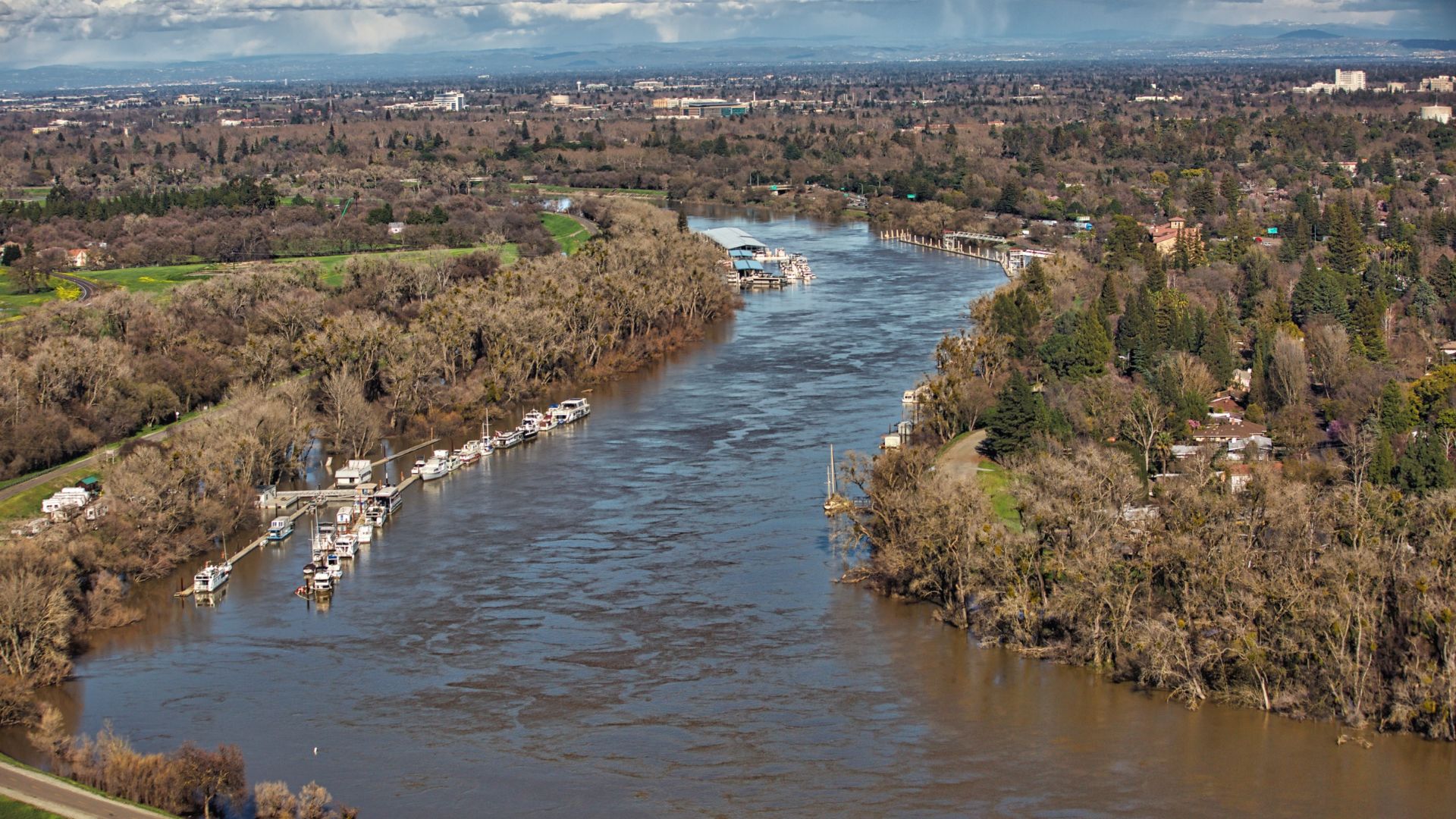
As the state’s most recent drought greatly worried many water experts, the government of California has begun to take steps to ensure they don’t find themselves in this dire position again.
As a result, many water projects are being thought up, or are already in the works. California Governor Gavin Newsom’s administration recently revealed a $20 billion water tunnel project that would help the state manage water in a more beneficial way. However, the project remains highly controversial, and many native tribes and environmentalists have come out against it.
Climate Change Concerns
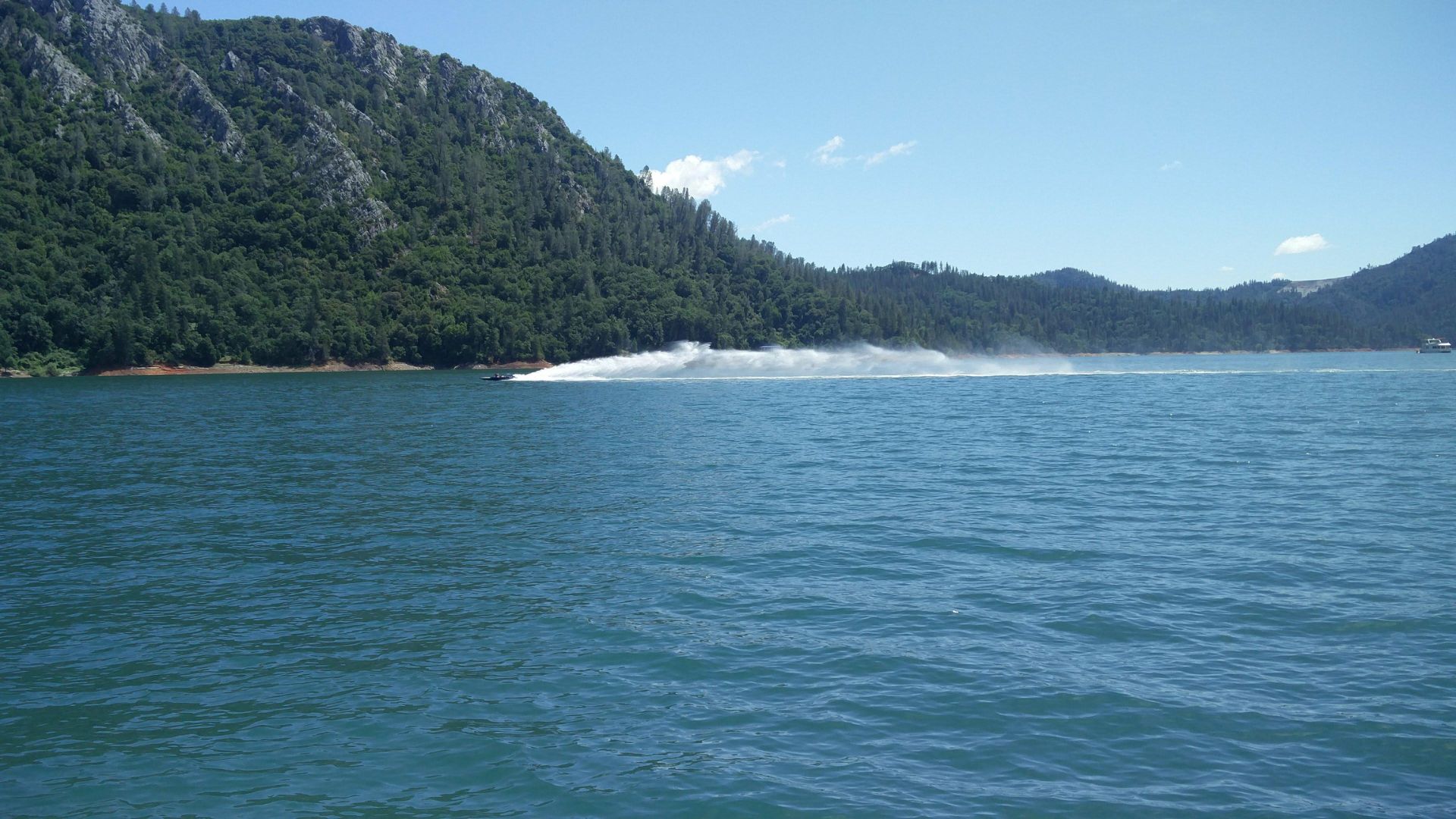
Experts have already stated that California’s potential drought issues are mainly a result of climate change. As temperatures continue to increase throughout the state in the years to come, weather patterns could become even harder to predict.
This could lead to more prolonged droughts, which will consistently harm the state’s water supplies.
Ecosystem Revival at Lake Shasta
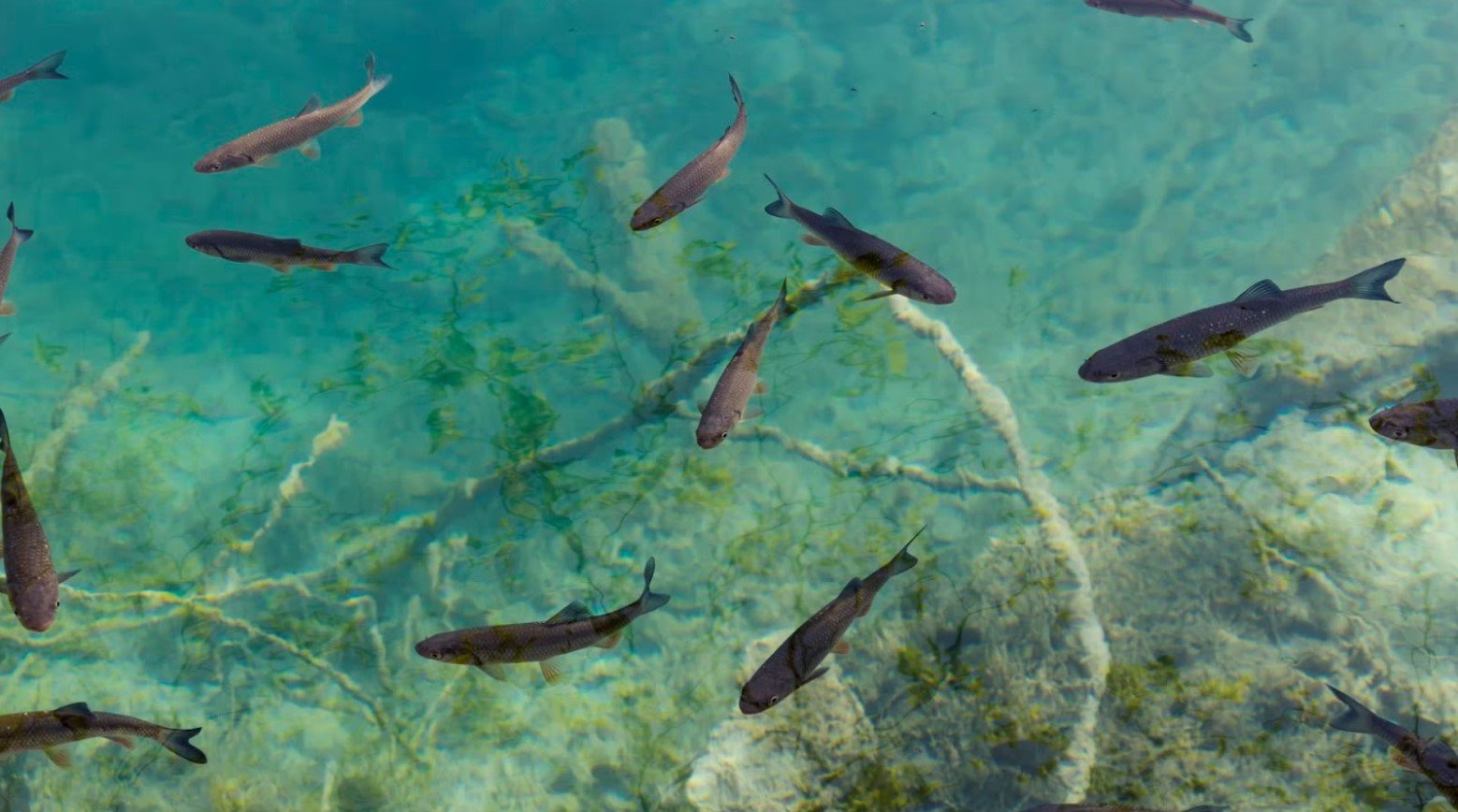
Following years of drought, Lake Shasta’s return to full capacity has been a boon for local ecosystems.
The restored water levels have encouraged the return of several fish species and improved habitat conditions, providing a much-needed refuge for migrating birds and native wildlife.
Boost to Local Economy

The high water levels at Lake Shasta have also revitalized local tourism.
Hotels, restaurants, and recreational facilities report increased activity as tourists flock to the area for boating, fishing, and hiking. This resurgence is a welcome change, supporting jobs and community development.
Advancements in Water Monitoring
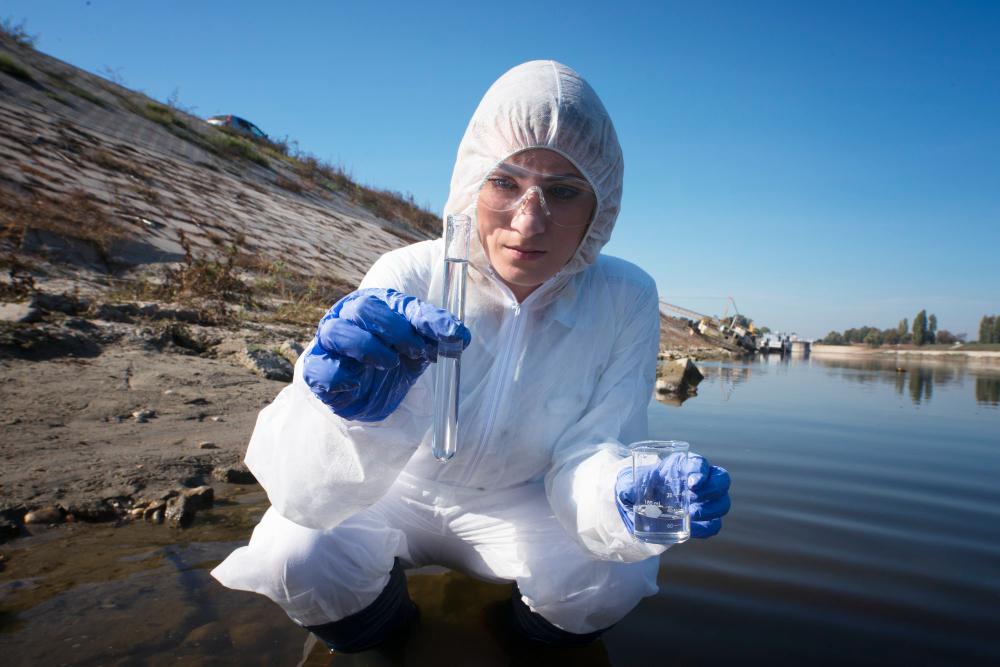
New satellite technologies and AI tools are now being used to predict water levels more accurately.
These tools help manage water resources more efficiently, ensuring that the reservoir can meet both ecological and human needs without wastage.
Global Comparison of Water Recovery

Lake Poopó in Bolivia has also diminished, but unlike Lake Shasta, it is unlikely to recover.
This comparison highlights the crucial role that effective water management plays in preserving our freshwater ecosystems. It is a wake-up call for governments and communities around the world to take action towards sustainable water use and conservation.
Future-Proofing Water Resources
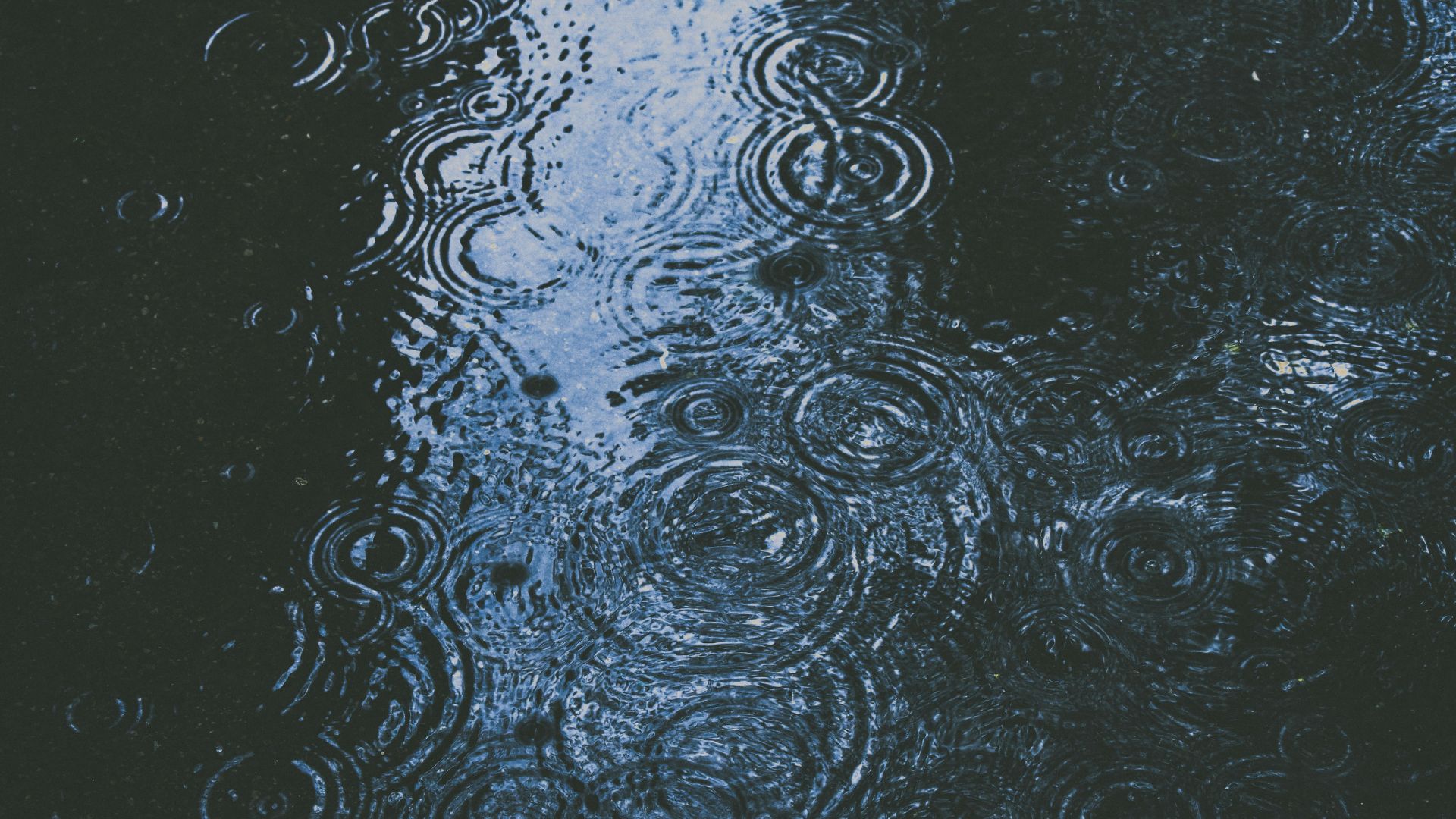
California is planning ahead with new water conservation projects to sustain the high levels at Lake Shasta.
These include advanced rainwater harvesting techniques and improved groundwater management practices aimed at mitigating the impact of potential future droughts.
Public Awareness Campaigns

State agencies have launched educational campaigns to promote water conservation among Californians.
These initiatives, such as the “Save Our Water” campaign, stress the importance of sustainable water use, even in times of abundance, to ensure long-term water security for the state.
Hydropower Enhancement
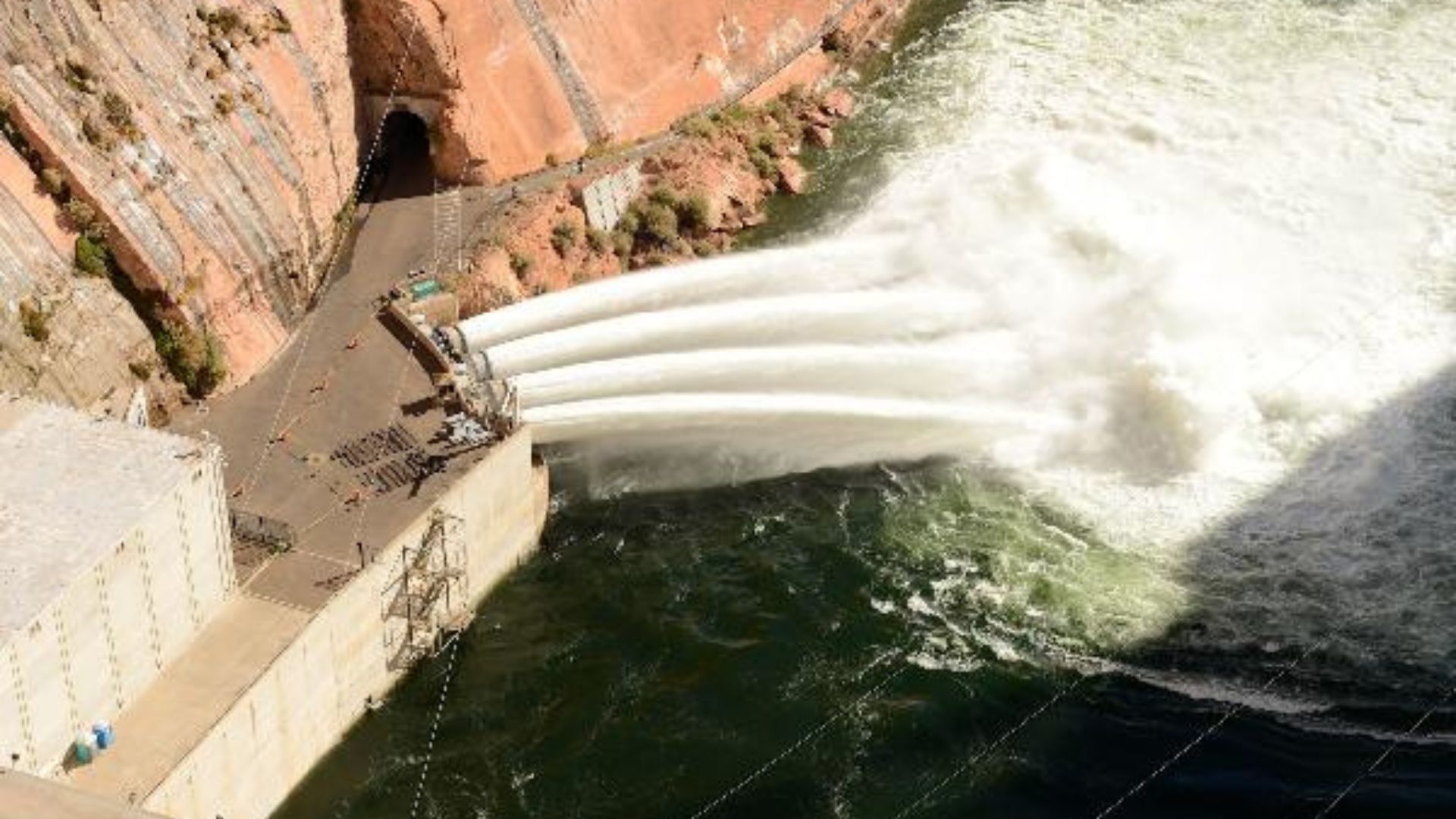
The consistent water levels at Lake Shasta have significantly boosted its hydropower output, contributing to California’s renewable energy goals.
This increase in production helps reduce reliance on fossil fuels and promotes cleaner energy.
Climate Resilience Strategies
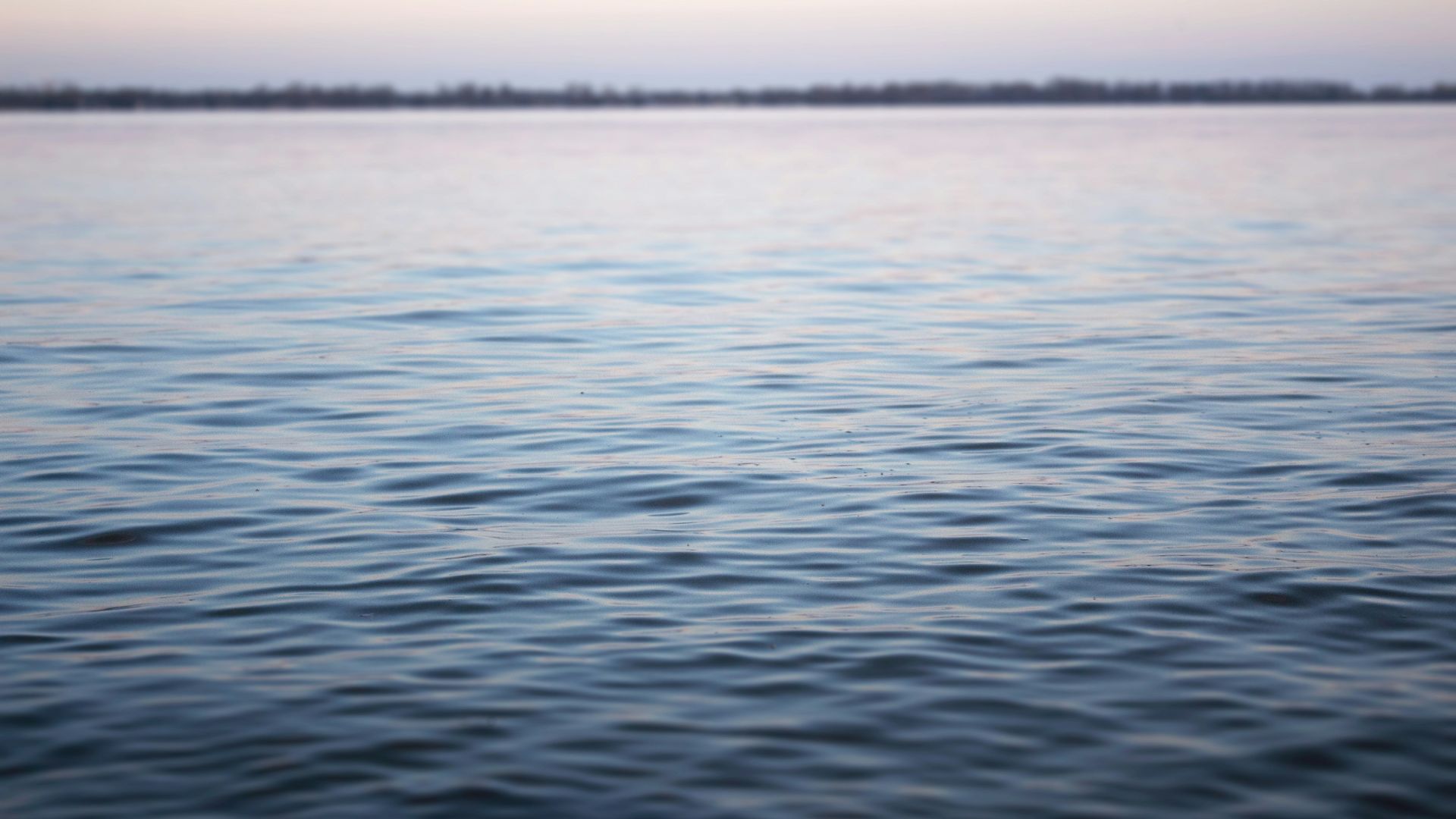
In response to changing weather patterns, California has developed a comprehensive climate adaptation plan.
This plan includes enhancing reservoir capacity like that of Lake Shasta to buffer against water scarcity during unexpected drought periods.
Impact on Agriculture

With Lake Shasta at full capacity, irrigation is more reliable, supporting California’s agricultural sector.
This is crucial for the state, which produces over a third of the nation’s vegetables and two-thirds of its fruits and nuts.
Wildlife Conservation Efforts

Conservationists are celebrating the full levels at Lake Shasta, hoping for the implementation of new wildlife protection programs.
These programs would aim to restore and preserve habitats that were significantly affected during the drought years.
Technological Innovation in Water Management

Emerging technologies are revolutionizing how water resources are managed.
IoT sensors and machine learning models can now monitor water quality and usage in real-time, ensuring optimal distribution and conservation across reservoirs.
Running on Full
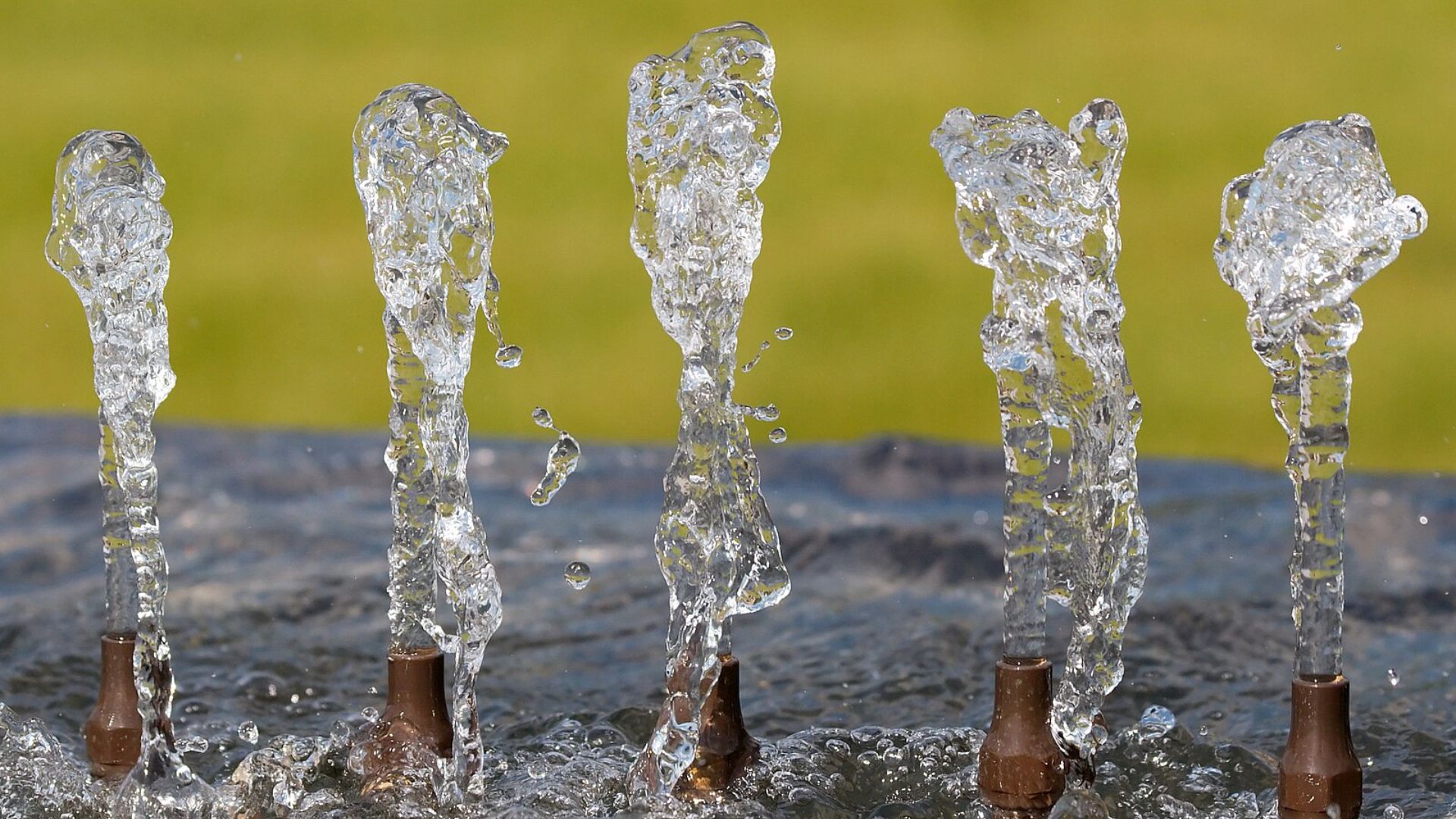
While the full capacity at Lake Shasta may seem like a small victory in the face of ongoing drought conditions, it serves as an important reminder of the interconnectedness between various sectors and ecosystems.
Efforts to increase resilience in one area, such as water management, can have a positive impact on another, such as wildlife conservation. As California continues to face challenges related to climate change and resource management, collaboration and innovation will be key in finding sustainable solutions for the state’s economy and environment.








































